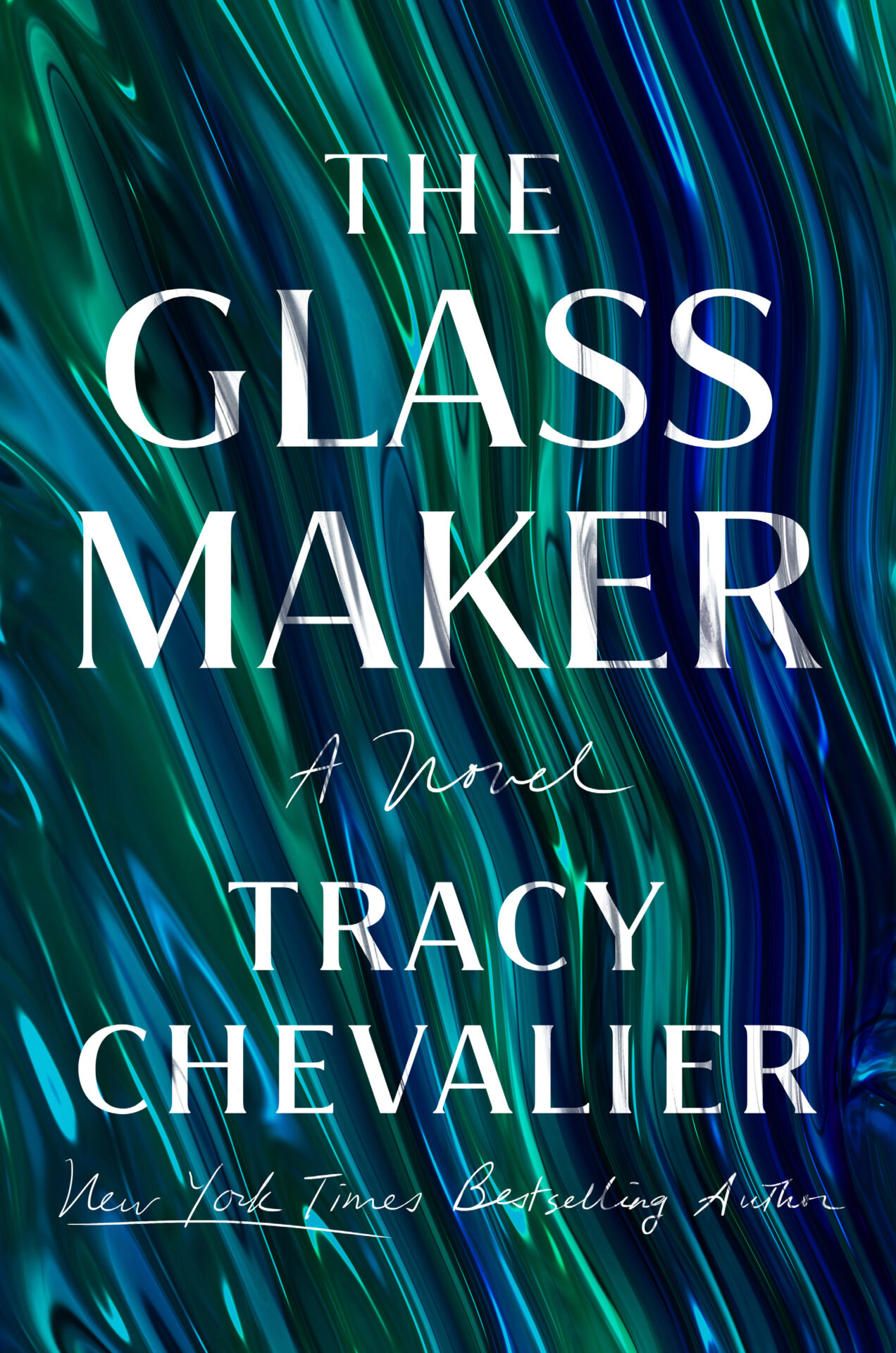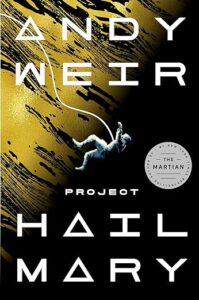The Glassmaker : Honest Book Review
Author: Tracy Chevalier
Genres: Historical Fiction
“The Glassmaker” by Tracy Chevalier is a historical fiction novel set against the rich tapestry of Venice and Murano, renowned for their exquisite glassmaking. Spanning over five centuries, the story delves into the lives of the Rosso family, master glassmakers, showcasing their struggles, triumphs, and the enduring legacy of their craft. Chevalier, celebrated for her meticulous research and evocative storytelling, once again brings to life a world steeped in artistry and history.
Summary
“The Glassmaker” opens in 1486, with Orsola Rosso, the eldest daughter of a prominent glassblowing family in Murano, defying societal norms by secretly learning the craft of glass beadmaking. Following her father’s death, Orsola’s clandestine work sustains the family’s fortunes as they navigate through pivotal historical events. The novel leaps through time, portraying the Rossos’ resilience amidst plagues, wars, and evolving social landscapes. Each era presents new challenges and transformations, reflecting the changing dynamics of Murano and Venice. Despite hardships, the Rosso women’s dedication to their craft and family endures, symbolizing the timeless nature of both glassmaking and human spirit. Through vivid depictions of historical Venice and the intricate glassmaking process, Chevalier crafts a spellbinding narrative that celebrates creativity, perseverance, and the passage of time.
Main characters
Orsola Rosso: The determined and talented protagonist who defies gender norms to master the art of glassmaking. Her journey from a young girl with a secret passion to a skilled artisan is central to the novel.
Marco Rosso: Orsola’s hot-headed brother, who struggles to lead the family business after their father’s death. His ambition and lack of expertise create tension and challenges for the Rossos.
Antonio: A fisherman who becomes Orsola’s love interest and supports her secretly during the plague, showcasing themes of love and sacrifice.
Maria Barovier: A renowned female glassmaker who mentors Orsola, highlighting the rare but crucial role of women in the craft during the Renaissance.
Stefano: Orsola’s eventual husband, a quiet man who initially seems unremarkable but becomes a steady presence in her life.
Plot
The plot of “The Glassmaker” is engaging, weaving together personal and historical narratives with finesse. The use of the stone-skipping metaphor to signify the passage of centuries is both clever and effective, allowing readers to witness significant historical changes while staying connected to the Rosso family. Chevalier balances the intricacies of glassmaking with the broader socio-political shifts, creating a dynamic and immersive reading experience. The narrative’s strength lies in its ability to blend factual history with the emotional depth of the characters, making it both informative and deeply moving.
Writing style
Tracy Chevalier’s writing style in “The Glassmaker” is characterized by detailed descriptions, rich historical context, and a strong sense of place. Her prose is lyrical yet precise, capturing the essence of Venice and Murano through vivid imagery. Chevalier’s meticulous research is evident, as she seamlessly integrates technical details of glassmaking into the narrative without overwhelming the reader. The pacing, while deliberate, mirrors the slow, transformative process of glassmaking, allowing the story to unfold naturally.
Strength
Unique Narrative Structure: The use of the stone-skipping metaphor to denote the passage of centuries is innovative, allowing readers to traverse significant historical periods while maintaining a connection to the Rosso family.
Evocative Writing Style: Chevalier’s lyrical prose and attention to detail create a sensory experience, capturing the beauty and intricacies of glassmaking and the opulence of Venice.
Feminist Undertones: The novel’s focus on Orsola’s struggle against gender norms adds a compelling layer to the story, highlighting the often overlooked contributions of women in historical contexts.
Emotional Depth: The narrative balances historical events with personal stories of love, loss, and perseverance, providing an emotionally rich reading experience.
Weakness
Heavy Use of Italian Terms: The frequent use of Italian and Venetian terms, despite the glossary, can disrupt the reading flow for those unfamiliar with the language. This might make the narrative feel choppy at times.
Historical Accuracy vs. Fictional Elements: The blend of historical accuracy with fictional elements, particularly the characters’ slow aging over centuries, might challenge the suspension of disbelief for some readers, making the story feel less cohesive.
Repetitive Themes: The novel’s themes of perseverance and artistic passion, while compelling, might become repetitive over the long narrative span, potentially reducing the impact of these themes by the story’s end.
Conclusion
“The Glassmaker” is a testament to Tracy Chevalier’s skill as a historical novelist. It is a mesmerizing tale that honors the craft of glassmaking and the resilience of those who practice it. The novel’s exploration of themes such as gender roles, family loyalty, and artistic passion resonates deeply, making it a compelling read for fans of historical fiction and art history.
Reader’s experience
Readers of “The Glassmaker” can expect a richly immersive experience, filled with vivid historical details and emotionally resonant characters. The unique narrative structure, with its time-leaping device, offers a fresh perspective on historical events and personal stories. Chevalier’s ability to bring the art of glassmaking to life on the page is particularly captivating, providing both an educational and aesthetic pleasure. The novel’s blend of historical accuracy, emotional depth, and artistic passion makes it a memorable and rewarding read.
happy Reading:)
Available on : https://www.amazon.com/Glassmaker-Tracy-Chevalier/dp/0008153876/ref=tmm_pap_swatch_0?_encoding=UTF8&qid=&sr=
Do checkout our other reviews : http://reviewandratings.com/category/books/








